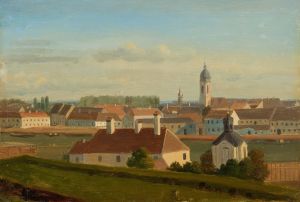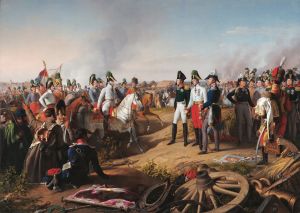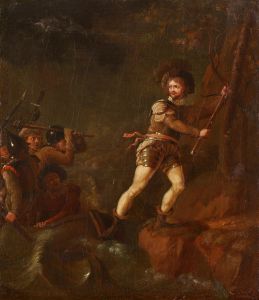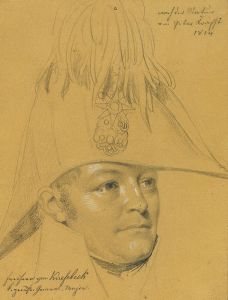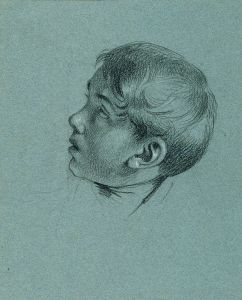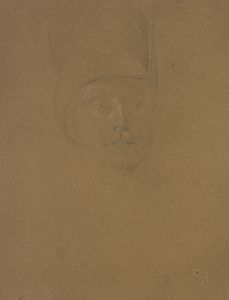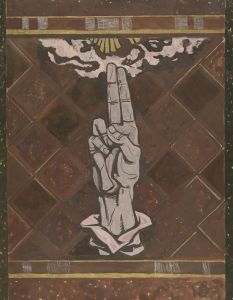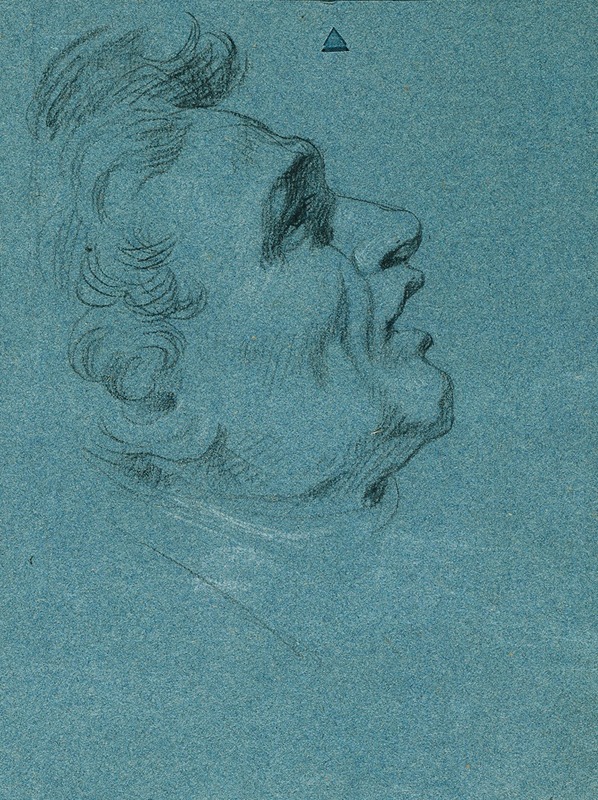
Kopfstudie zu den Wandgemälden in der Hofburg
A hand-painted replica of Johann Peter Krafft’s masterpiece Kopfstudie zu den Wandgemälden in der Hofburg, meticulously crafted by professional artists to capture the true essence of the original. Each piece is created with museum-quality canvas and rare mineral pigments, carefully painted by experienced artists with delicate brushstrokes and rich, layered colors to perfectly recreate the texture of the original artwork. Unlike machine-printed reproductions, this hand-painted version brings the painting to life, infused with the artist’s emotions and skill in every stroke. Whether for personal collection or home decoration, it instantly elevates the artistic atmosphere of any space.
Johann Peter Krafft's Kopfstudie zu den Wandgemälden in der Hofburg (translated as Head Study for the Wall Paintings in the Hofburg) is a preparatory study created by the Austrian painter Johann Peter Krafft (1780–1856). Krafft was a prominent artist of the Biedermeier period, known for his historical paintings, portraits, and genre scenes. This particular work is a study for a larger project, specifically the wall paintings in the Hofburg, the imperial palace in Vienna, Austria.
The Kopfstudie (head study) was likely created as part of Krafft's preparatory process for designing the monumental frescoes or murals intended to decorate the Hofburg. Such studies were common practice among artists of the time, allowing them to refine their depiction of individual figures, facial expressions, and details before executing the final composition. The study demonstrates Krafft's skill in capturing human emotion and anatomy, as well as his meticulous attention to detail.
The Hofburg itself served as the residence of the Habsburg dynasty and was a significant cultural and political center in Austria. During the 19th century, the palace underwent various renovations and expansions, including the commissioning of decorative artworks to enhance its interiors. Krafft was among the artists tasked with contributing to these projects, reflecting his reputation as one of Austria's leading painters of the era.
The exact details of the larger mural project for which this study was created are not extensively documented. However, Krafft's involvement in such commissions underscores his role in shaping the visual culture of the Austrian Empire during the early 19th century. His works often celebrated themes of patriotism, history, and the ideals of the time, aligning with the broader artistic and cultural movements of the Biedermeier period.
Kopfstudie zu den Wandgemälden in der Hofburg is an example of Krafft's preparatory work and provides insight into his artistic process. The study is valued not only for its technical execution but also for its connection to the historical and cultural context of the Hofburg and the Austrian Empire. Today, it serves as a testament to Krafft's contributions to Austrian art and his role in the artistic projects of the imperial court. Further details about the specific mural or fresco project, as well as the current location of the study, are not widely available.





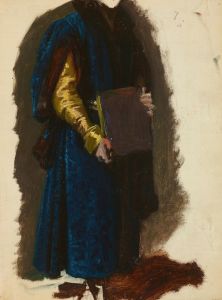
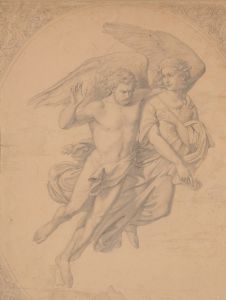
![One of two colossal statues of Rameses [sic] II. Entrance to the Temple at Luxor.](/imgs/217522/s/david-roberts-one-of-two-colossal-statues-of-rameses-sic-ii-entrance-to-the-temple-at-luxor-473c42e1.jpg)
![Temple of Wady Saboua [Wadi al-Sabua], Nubia.](/imgs/217551/s/david-roberts-temple-of-wady-saboua-wadi-alsabua-nubia-52e62db.jpg)
